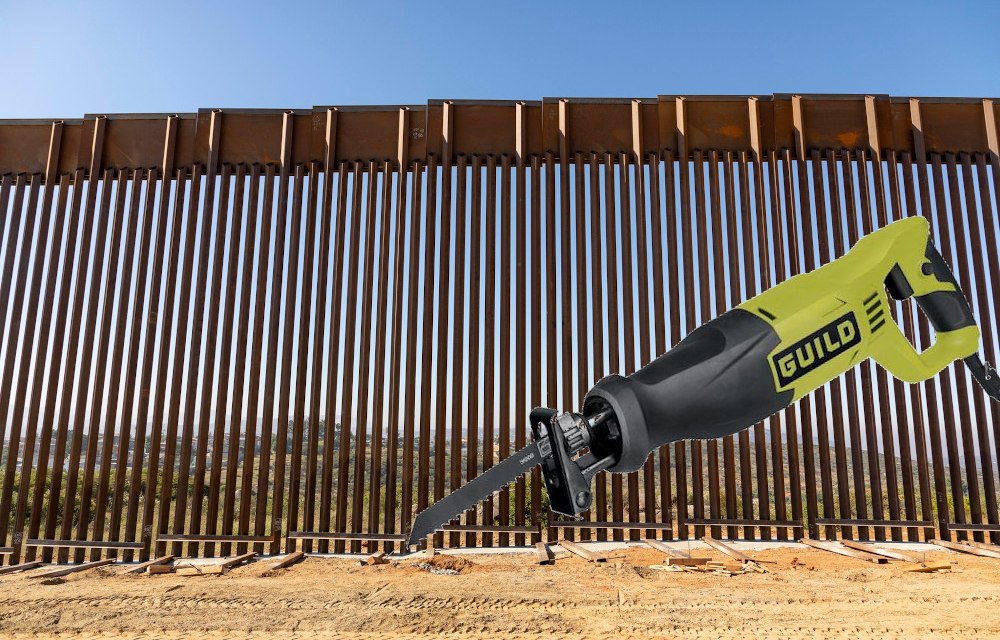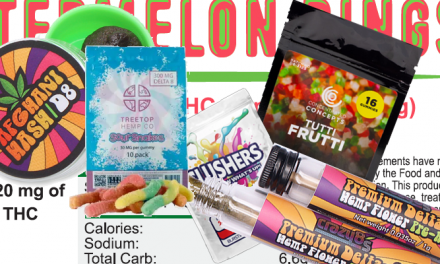This year’s White House Halloween celebration featured a special “wall-building” game for the kiddies. This didn’t go over well with critics of the current Administration. Particularly a life-size if slimmed-down version of what looked like the President in a hard hat seeking junior volunteers to help with construction.
Meanwhile, we adults got the news that the newly constructed “impregnable” border wall (actually a 30′ fence) had already been breached on a number of occasions. The culprits: Smugglers, using a power tool available in home stores. The builders rushed to defend the project itself– understandably, given the planning, labor, and expense involved — while critics made fun of them. Here’s the story:
Trump said the new border wall was “impenetrable.” Smugglers are sawing through it.
Truth is, I’ve never been persuaded that a wall or fence– assuming one ever comes into being, which is in question– would do much to stop the flow of drugs. It might slow down traffic for a while, long enough to show up in the stats, but eventually would succumb to two inherent flaws in any such strategy. Those are:
- The clear and continuing incentive for would-be smugglers to invent new ways to get their goods to their customers, and
- The possibility that given the same incentives, domestic production would ramp up to take the place of foreign sources.
We actually figured this out during the Cocaine Epidemic: That if somehow the borders could be sealed (good luck with that, I say), there was nothing to stop outlaw methamphetamine producers from meeting demand with increased distribution of their products– a la Walter White.
As for fentanyl, sure, it’s more difficult to get the necessary ingredients, but if that were the only path to keeping the drug available, don’t you think people would find a way? I do.
Think of it as a game. At first, the defenders appear to make big gains. They declare victory. Then, as time passes, the smugglers erode those gains. It takes a while for the defense to recognize this. They rush to respond, but this time, success is less obvious.
And so forth. We don’t see many permanent victories. Just the fleeting sort.
Since the market for fentanyl already exists, and the drug itself is so potent that only tiny amounts are required, and the monetary rewards remain so immense… well, you can imagine how this all turns out. What we really need most are substantive changes on the demand side.
Where will those come from? Certainly not from a fence, no matter how impressive it may be.













